The 4th Annual Telemedicine & Telehealth Service Provider Summit (SPS https://ttspsworld.com/), sponsored by the Arizona Telemedicine Program (ATP) and Southwest Telehealth Resource Center (SWTRC), was held October 8-9 in Glendale, AZ, and attracted an all-time high of nearly 400 attendees! SPS continues to be unique in its intent to bring together telemedicine service providers and users in a collaborative and interactive venue that provides the opportunity to learn from each other. SPS, as in past years, was organized and hosted by Drs. Dale Alverson, Elizabeth Krupinski, and Ronald Weinstein. The ATP team contributed innumerable hours (especially Nancy Rowe and Kris Erps), support, and enthusiasm to put the meeting on and deserves many kudos and thanks (Cassandra Coray, Ellen Dudzik, Kris Erps, Mike Holcomb, Angel Holtrust, Bob Kerr, Janet Major, Chris Martin, Karen Miller, Nancy Rowe, Tracy Skinner)!
Southwest Telehealth Resource Center Blog
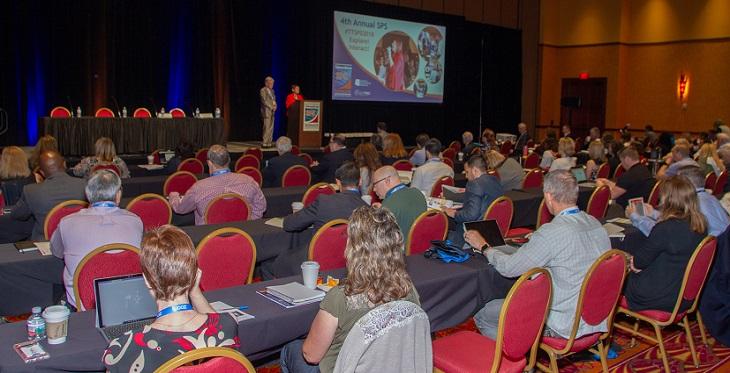
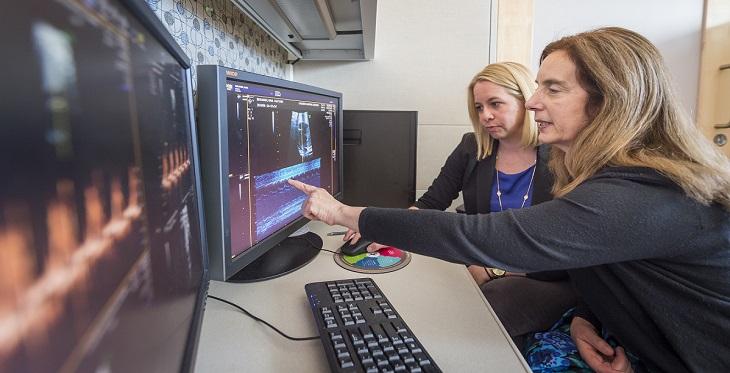
Children have long been recognized as a population with significant challenges accessing medical care, most notably due to a limited number of pediatric specialists who are concentrated at children’s hospitals in urban settings. And the very nature of face-to-face, traditional health care may place a disproportionate burden on low-income and rural based families.
This is particularly true in the large geographic region served by Children’s Hospital Colorado and the University of Colorado School of Medicine.
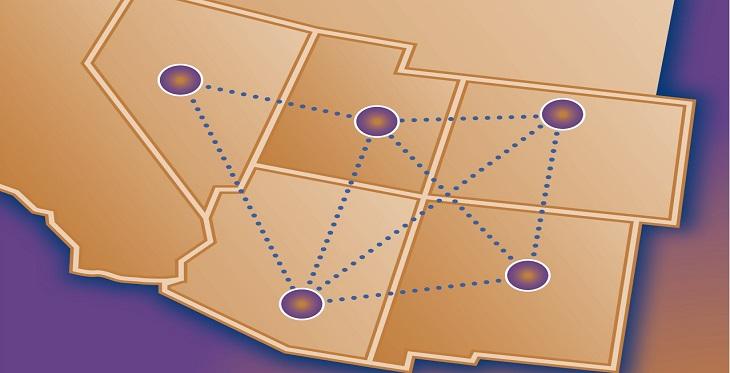
The Southwest Telehealth Resource Center has scored a hit!
Or, you might say, five hits!
Established in 2009 by the Arizona Telemedicine Program, with funding from the federal Health Resources and Service Administration’s Office for the Advancement of Telehealth, SWTRC serves telehealth programs in five southwestern states: Arizona, Colorado, Nevada, New Mexico and Utah.
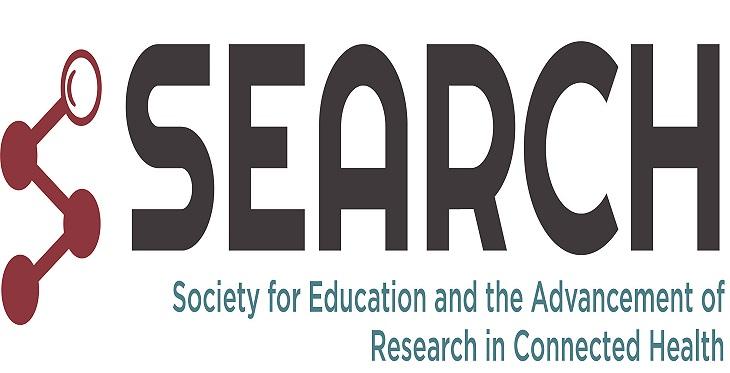
Have you been to any telemedicine meetings lately and wondered what’s happened to the basic research presentations? Surely it can’t be that we’ve solved all the challenges and finally proved to everyone that telemedicine really does have all the advantages we’ve been touting for years.
No, there’s still a lot to discover and basic research is alive and well. The reality is that times change as do societies, tradeshows and conferences. It’s not a bad thing and there are lots of very useful, educational and productive telehealth meetings to choose from and attend. It all depends on what you are looking for. For example, the Service Provider Summit (SPS https://ttspsworld.com/) is a great national conference focusing on linking telemedicine and telehealth service provider companies with hospitals, healthcare systems, clinics and others who need their services.
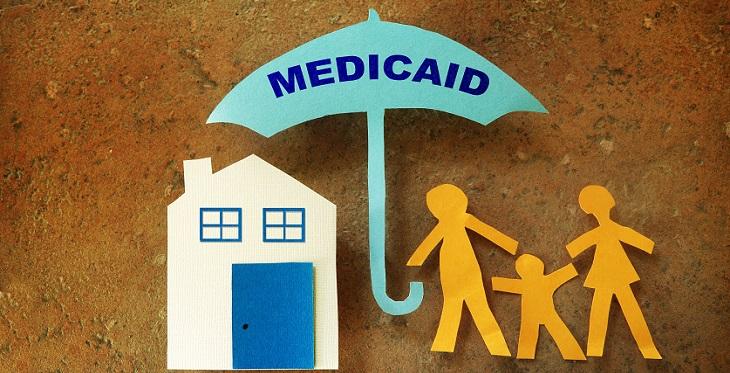
In its spring 2018 update on state telehealth laws and reimbursement policies, the Center for Connected Health Policy reported a patient-friendly trend in telehealth and telemedicine delivery to home-bound patients. Ten states have revised their policies to recognize a Medicaid patient’s home as an “originating site” – a policy change enacted to improve patients’ access to care.
The 10 states are Colorado, Delaware, Maryland, Michigan, Minnesota, Missouri, New York, Texas, Washington and Wyoming.

